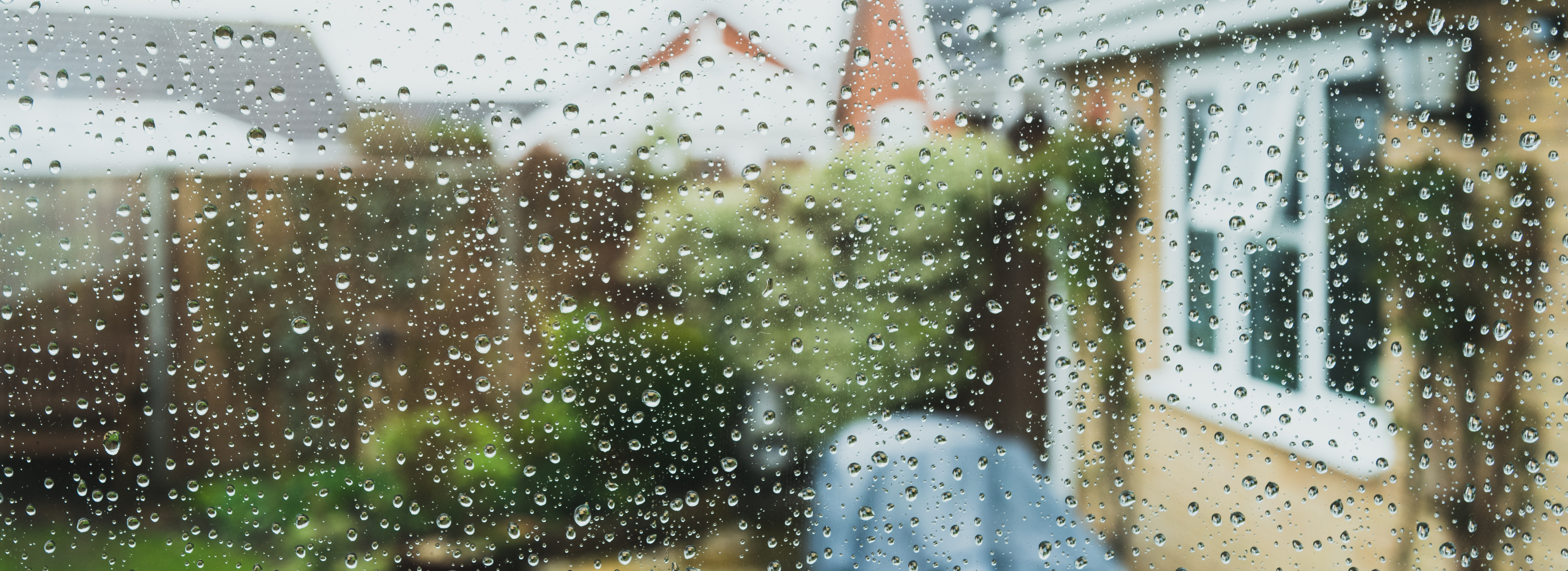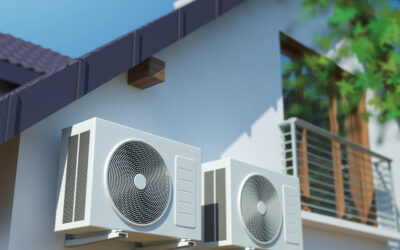
Choosing the best home ventilation system
Ideally, your home should be cool in summer, warm in winter and dry all year round. But
achieving this isn’t necessarily straightforward. The push for modern homes to be ‘sealed’ – fully insulated and airtight – means airflow can be severely restricted, resulting in stale, damp, unhealthy air. The best way to combat this is by installing a good home ventilation system.
Warm air holds moisture better than cold air, meaning there is more airborne moisture to
breathe in. At the same time, dry air is easier to heat and cool, therefore removing moisture from the air makes heating and cooling your home faster and more energy efficient.
The best home ventilation systems use these principles, allowing you to control the quality of air that flows through your house or apartment. They reduce dampness and condensation, keep temperatures where they should be, and make your space a comfortable, healthy place to live.

What are the best types of home ventilation system?
Ventilation can be as simple as just opening doors and windows. However, the best home
ventilation systems will keep fresh, dry air circulating at all times, even when doors and
windows are closed to keep the heat in, or when the house is unoccupied.
Home ventilation systems come in two main types, positive pressure and balanced pressure. Positive pressure or forced air ventilation systems work by blowing drier air into your house from the roof space above the ceiling or, in some types, from outside. (We’re not fans of this method! See why below.)
Balanced pressure systems, also known as Heat Recovery Ventilation (HRV), remove the
warm, moist air from interiors, then pass it through a heat exchanger which in turn warms up cool fresh air extracted from outside.
Which home ventilation system performs best?
Many installers argue that positive pressure systems are best suited for older houses with wooden joinery rather than ‘sealed’ modern homes. The logic is that when air is forced from the roof cavity, it naturally displaces stale air through gaps in the walls, windows and doors. The downside of this method is it also displaces heat, and in winter may require additional heating to combat the effects of cold air circulating through the house. It also pushes dusty, stale air from the roof space into your house, potentially bringing with it airborne particles of ceiling insulation – not something you want to breathe in!
For modern homes, renovated and unrenovated homes, we believe Heat Recovery
Ventilation systems are the best choice. The balanced pressure system both extracts the stale air and uses its ambient heat to warm the incoming fresh, clean air, with over 90% of heat removed being put back into the building.
Your home’s air quality has a direct impact on your health, comfort and wellbeing, and a
good home ventilation system – such as Heat Recovery Ventilation (HRV) – is the best way to improve that quality.
Talk to a home ventilation system expert at SnowTemp for pricing and options.

Free home assessment
Site visits are our point of difference. They allow us to fully understand your needs, so our engineers can assess and size your heat pump or HRV system accurately. We’ll provide a written quote and brochures detailing your unit options, so you can make an informed choice.

Servicing and maintenance for longevity
We keep heating, cooling and ventilation systems running efficiently all year around with annual servicing. SnowTemp engineers travel with a full kit of parts to fix systems when they break down.
Latest articles
The latest news and insights into the world of healthy interior air systems.



